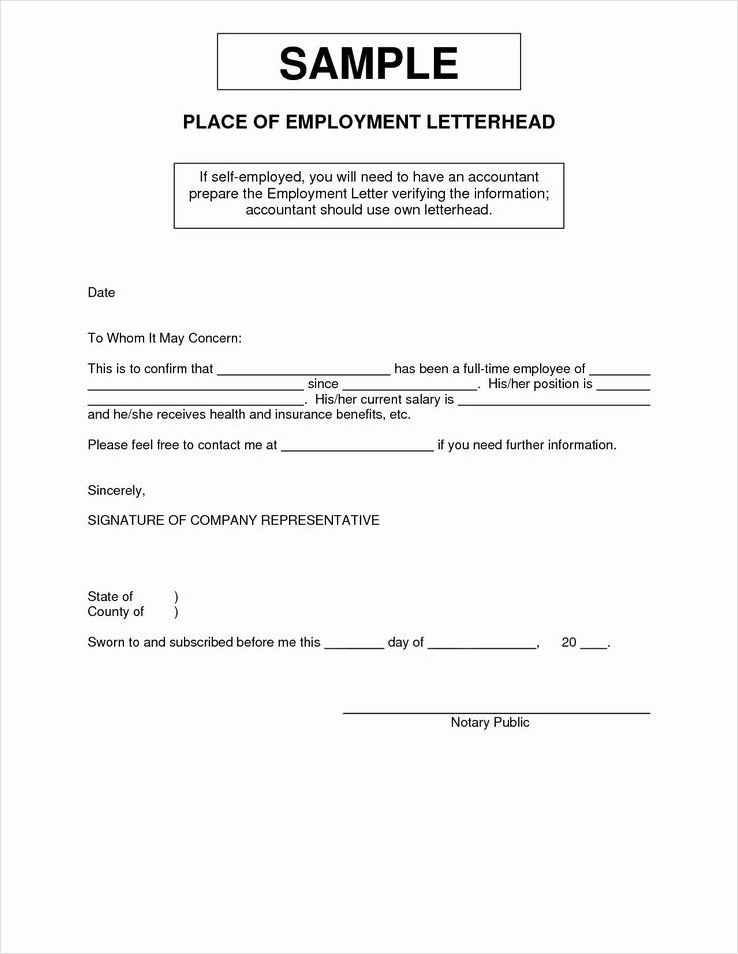When you find yourself unemployed and in need of financial assistance, one important document that you may need to provide is an unemployment verification letter. This letter serves as proof of your unemployment status and is often required by government agencies or potential employers. In this article, we will explore what an unemployment verification letter is, why you need it, and how to write one effectively.
What Is an Unemployment Verification Letter?
An unemployment verification letter is a formal document that confirms your current unemployment status. It is typically issued by your previous employer or the government agency responsible for administering unemployment benefits. The letter provides information about your employment history, including the dates of your employment and the reason for your separation from your previous job.
This letter is commonly requested by government agencies, such as the Department of Labor or the Internal Revenue Service when you apply for unemployment benefits or certain tax deductions. It may also be required by potential employers as part of their hiring process to verify your employment history.
Why Do You Need an Unemployment Verification Letter?
There are several reasons why you may need an unemployment verification letter:
- Applying for Unemployment Benefits: When you apply for unemployment benefits, the government agency responsible for administering these benefits will often require an unemployment verification letter as proof of your eligibility.
- Applying for Financial Assistance: Some financial assistance programs, such as subsidized housing or utility assistance, may require an unemployment verification letter to determine your eligibility.
- Applying for Jobs: Potential employers may request an unemployment verification letter to verify your employment history and ensure that you are eligible for the position you are applying for.
- Applying for Tax Deductions: Certain tax deductions, such as the deduction for job search expenses, may require an unemployment verification letter to support your claim.
- Resolving Legal Matters: In some legal cases, such as child support or alimony disputes, an unemployment verification letter may be required to provide evidence of your income and financial situation.
What to Include in an Unemployment Verification Letter
When writing an unemployment verification letter, it is important to include specific details that will help the recipient understand your employment history and current unemployment status. Here are some key elements to include:
- Your Contact Information: Start the letter by providing your full name, address, phone number, and email address.
- Date of the Letter: Include the date when you are writing the letter.
- Recipient’s Information: Address the letter to the appropriate recipient, such as the government agency or potential employer requesting the letter.
- Employment History: Provide a detailed summary of your employment history, including the names of your previous employers, the dates of your employment, and your job titles.
- Reason for Separation: Clearly state the reason for your separation from your previous job, whether it was a layoff, termination, or resignation.
- Contact Person: If the recipient has any further questions or needs additional information, provide the name and contact details of a person they can reach out to.
- Signature: Sign the letter with your full name and include your professional title, if applicable.
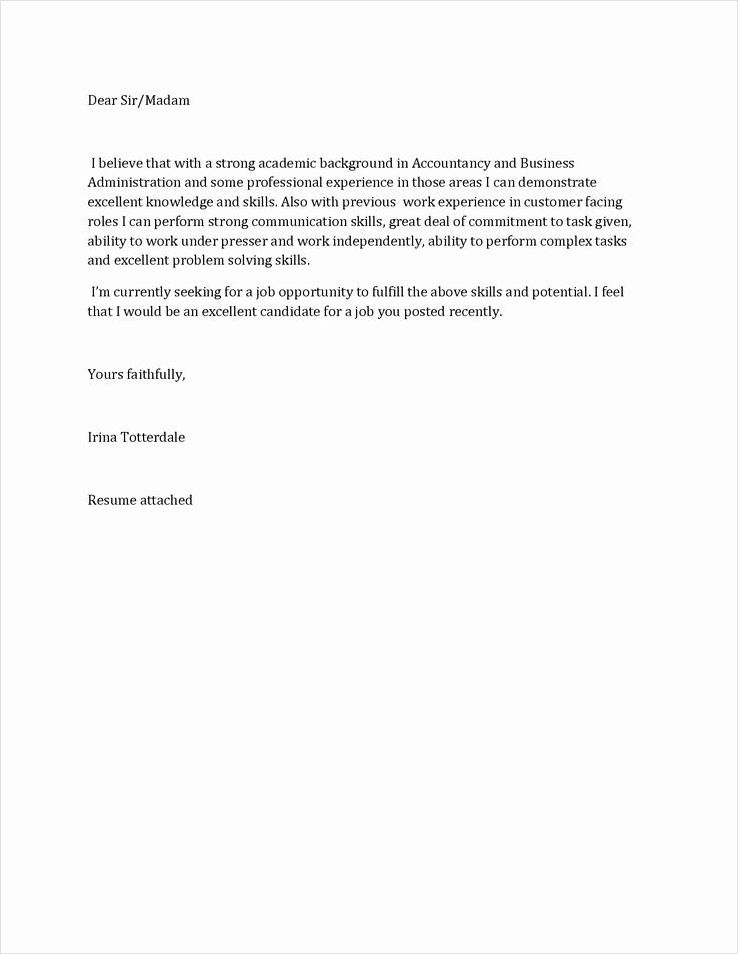
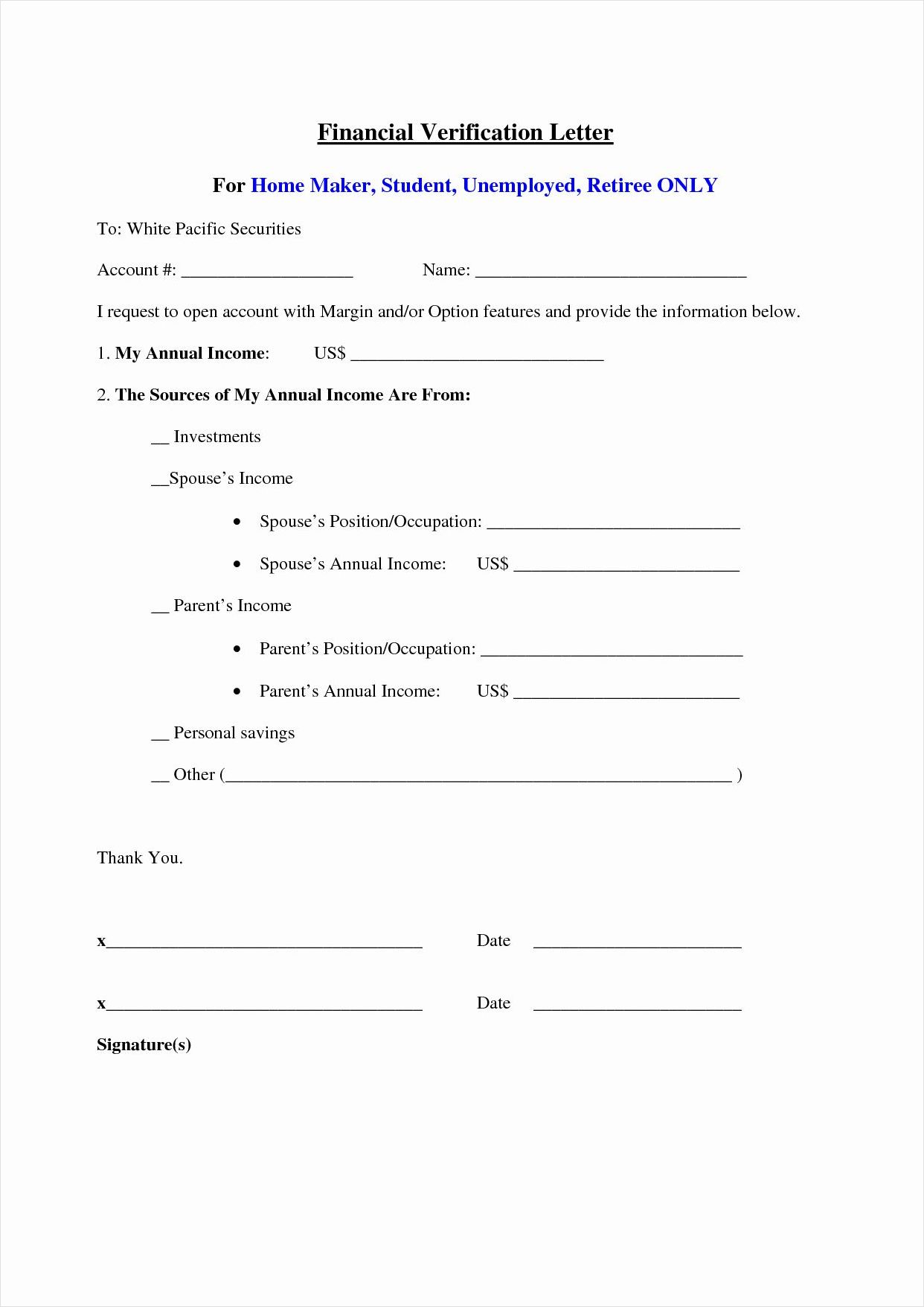
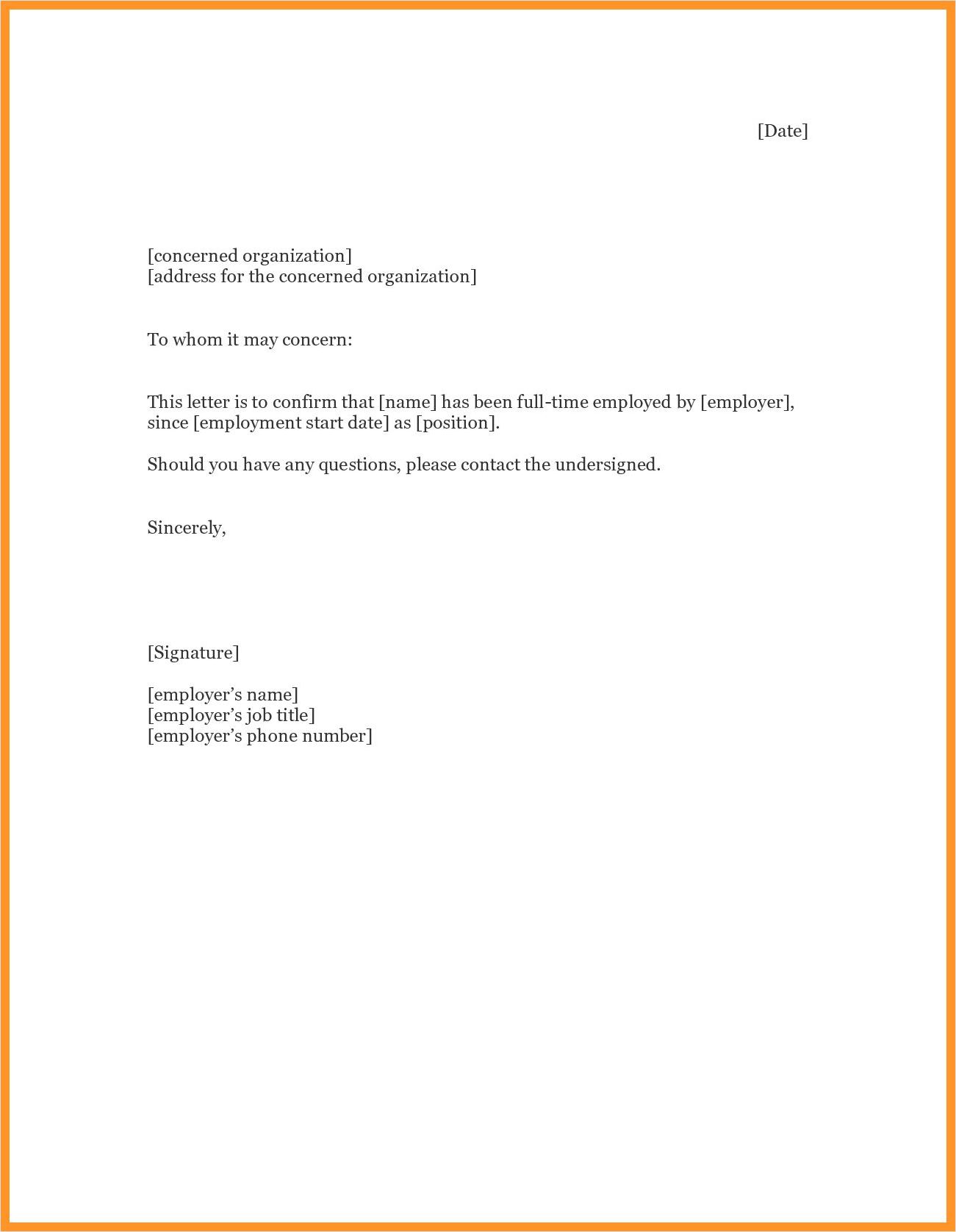
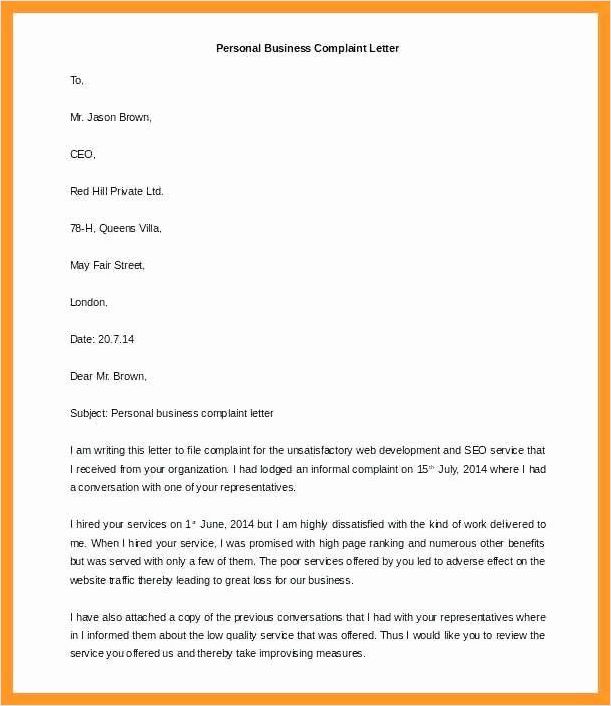
How to Write an Unemployment Verification Letter
Writing an effective unemployment verification letter requires careful attention to detail and a professional tone. Here are some tips to help you write a clear and concise letter:
- Use a Professional Format: Format the letter as a formal business letter, with your contact information at the top, followed by the recipient’s information, a formal greeting, the body of the letter, and a formal closing.
- Be Clear and Specific: Provide specific details about your employment history, including the names of your previous employers, the dates of your employment, and your job titles.
- Use Formal Language: Use a formal and professional tone throughout the letter, avoiding slang or casual language.
- Keep it Concise: Stick to the relevant information and avoid including unnecessary details or personal opinions.
- Proofread for Errors: Before sending the letter, proofread it carefully to check for any spelling or grammatical errors.
By following these guidelines, you can create an unemployment verification letter that effectively communicates your employment history and unemployment status to the recipient.
Unemployment Verification Letter Template – Download
